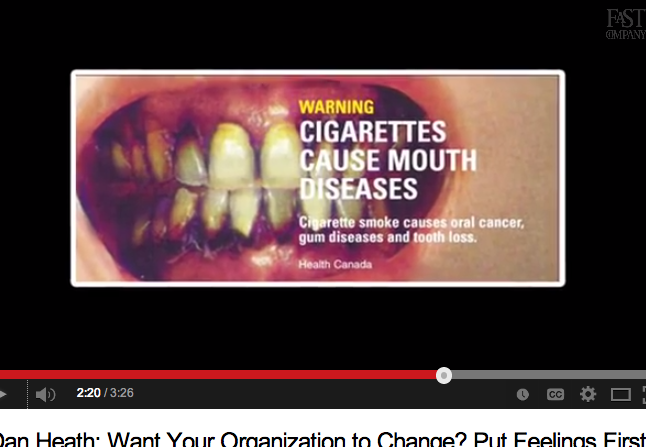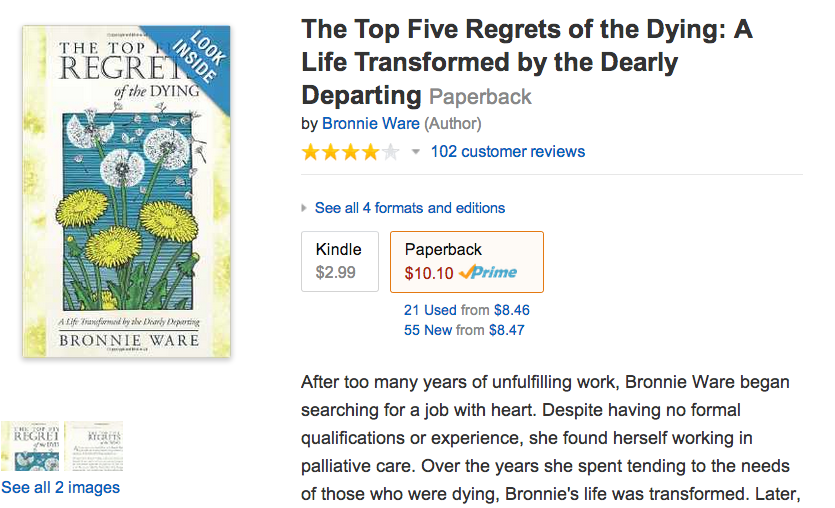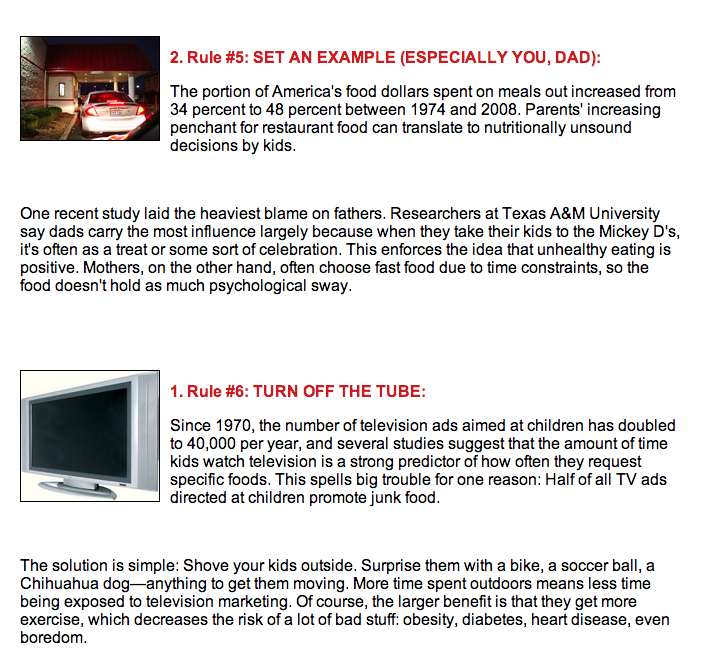Thursday, May 22, 2014
Wednesday, May 14, 2014
post #31: How do we feed polar bears in zoos? (What can we adopt to make "feeding students" more interesting?)
These thoughts come from "how do we treat polar bears in zoos?"
Their meals include mackerel, chicken, beef, horsemeat, and what the keepers refer to as “bear chow”. Every day the keepers encourage Gus and Ida to hunt for their food by hiding fish in frozen blocks, inside toys or in the rock crevices of their habitat. This stimulation keeps Gus and Ida active and healthy.
Do we put the "fish" (information) in an interesting box that is fun for the students to find?
SEE THE BEARThis thought for the day comes because I've been thinking about what happens to polar bears in cages: Their mental heath deteriorates. They die sooner, they have mental problems, they get lazy.
Maybe that's why I like to travel. I break my routine. I don't know where my food is coming from... (okay, from a restaurant or from a food store and I'll cook it, but it's not from the same stove, refrigerator and supermarket that I'm used to using). That's why I travel. Break the routine, learn something new, drive home a different way.
I'm thinking about this today because a friend has told me that he wants to travel to Africa. He's got the money, he's got a destinatino, but he doesn't have the right traveling partner. He has delayed his trip by 4 weeks, trying to think through his difficulty. I hope he makes the jump. Go, travel, explore. Life is a journey... To travel is to live twice.
Tuesday, April 15, 2014
Post 30: Thought for the Day in a Poster (Collection #1)
How do we influence others and ourselves?
Can we engage our minds and hearts with just words?
 What happens in the brain when a photo is coupled with the right colors and words?
What happens in the brain when a photo is coupled with the right colors and words?
Let's try an experiment. Look at these words in red.
Our "hearts" are intersections where our aspirations and self doubts collide. And so it is -- or should be -- the goal of any leadership school to help give the advantage to aspirations. Any other program is really just a camp.
Then look at the poster on the left. Oh, you actually looked at the poster before you read the words in red? Really? ... Yes, the blonde on the rock. Hmmm. I wonder which presentation is going to stick in my mind... the red words or the girl on the rock... hmmm
Words alone are not enough to inspire us.
Here are some ingredients for an effective "poster quote"
1. An engaging idea (captured in the quote)
 2. An engaging photo with permission to use it (to avoid copyright infringement). Note: Babies, animals, faces and human figures often trump beautiful vistas... It's a rule about the psychology of humans: we like to see ourselves or something living in a photo**)
2. An engaging photo with permission to use it (to avoid copyright infringement). Note: Babies, animals, faces and human figures often trump beautiful vistas... It's a rule about the psychology of humans: we like to see ourselves or something living in a photo**)
3. Colors that make it east to read (white letters on a blue background, yes. Red letters on a green background, no)
4. Format this into a Square (to fit the Facebook and Instagram format)
 NOTE: JK McCrea points out that putting a human figure in a photo showing a beautiful view often makes the photo more engaging. See her column TheNewsCocktail.wordpress.com and RoadLoversInternational.com
NOTE: JK McCrea points out that putting a human figure in a photo showing a beautiful view often makes the photo more engaging. See her column TheNewsCocktail.wordpress.com and RoadLoversInternational.com
http://www.canstockphoto.com/images-photos/human-figure.html#file_view.php?id=12099868
I like the ELS logo.
You are invited to collect the series of Poster Quotes. They are the work of Wes Green, entrepreneur and advisor to the ELSLeaders.com program. If you have a photo that you would like to give us the right to use for our poster quote program, please! Getting a cool "engaging" photo with permission for use is the marketer's dream-come-true.
Can we engage our minds and hearts with just words?
 What happens in the brain when a photo is coupled with the right colors and words?
What happens in the brain when a photo is coupled with the right colors and words? Let's try an experiment. Look at these words in red.
Our "hearts" are intersections where our aspirations and self doubts collide. And so it is -- or should be -- the goal of any leadership school to help give the advantage to aspirations. Any other program is really just a camp.
Then look at the poster on the left. Oh, you actually looked at the poster before you read the words in red? Really? ... Yes, the blonde on the rock. Hmmm. I wonder which presentation is going to stick in my mind... the red words or the girl on the rock... hmmm
Words alone are not enough to inspire us.
Here are some ingredients for an effective "poster quote"
1. An engaging idea (captured in the quote)
 2. An engaging photo with permission to use it (to avoid copyright infringement). Note: Babies, animals, faces and human figures often trump beautiful vistas... It's a rule about the psychology of humans: we like to see ourselves or something living in a photo**)
2. An engaging photo with permission to use it (to avoid copyright infringement). Note: Babies, animals, faces and human figures often trump beautiful vistas... It's a rule about the psychology of humans: we like to see ourselves or something living in a photo**)3. Colors that make it east to read (white letters on a blue background, yes. Red letters on a green background, no)
4. Format this into a Square (to fit the Facebook and Instagram format)
 NOTE: JK McCrea points out that putting a human figure in a photo showing a beautiful view often makes the photo more engaging. See her column TheNewsCocktail.wordpress.com and RoadLoversInternational.com
NOTE: JK McCrea points out that putting a human figure in a photo showing a beautiful view often makes the photo more engaging. See her column TheNewsCocktail.wordpress.com and RoadLoversInternational.comhttp://www.canstockphoto.com/images-photos/human-figure.html#file_view.php?id=12099868
I like the ELS logo.
You are invited to collect the series of Poster Quotes. They are the work of Wes Green, entrepreneur and advisor to the ELSLeaders.com program. If you have a photo that you would like to give us the right to use for our poster quote program, please! Getting a cool "engaging" photo with permission for use is the marketer's dream-come-true.
Saturday, April 12, 2014
Post #29: What did you do when you were off Facebook?
One of the joys of blogging about a school gthat is inspired by John Corlette's methods is that the subject of Meditation and the "Thought for the Day" bubbles in the back of my mind. "Where will I get the next thought for the DAY?"
From a post on Facebook came the following...
So the thought today is, What will you share?
What will you create?
What will inspire you?
What will you share with others?
What have you cultivated and what have you collected?
What will you curate and post and tweet?
What is your impact on the interNet?
What is yourNETimpact.com?
From a post on Facebook came the following...
 |
| Click HERE |
So the thought today is, What will you share?
What will you create?
What will inspire you?
What will you share with others?
 |
| click on ELSLeaders.com |
What will you curate and post and tweet?
What is your impact on the interNet?
What is yourNETimpact.com?
Saturday, March 29, 2014
Post 28: Two videos by Dan Heath provide today's THOUGHT FOR THE DAY: (1) HOW to change and (2) WHY Change is hard
There are three Dans who deserve your attention: Dan Pink, Dan Amen and Dan Heath.
These materials come from http://www.fastcompany.com/1635067/dan-heath-want-your-organization-change-put-feelings-first Fast Company
You can even read the transcript of the first video. (ABOVE)
Dan Heath on How to Change when Change is Hard
Presented by Dan Heath

Date:
 Dan Heath is the co-author, along with his brother Chip, of the book Made to Stick: Why Some Ideas Survive and Others Die . Made to Stick is a Business Week and New York Times bestseller, and it has been translated into 23 languages, including Thai, Arabic, and Lithuanian. Amazon readers voted it one of the top 100 books of 2007, and Amazon editors named it the #2 business book of the year. Dan's new book, Switch, is scheduled for release in February 2010. Dan co-authors a monthly column for Fast Company magazine and serves as a Consultant to the Policy Programs at the Aspen Institute. He has taught and consulted with organizations such as Microsoft, Macy's, Nestle, and the American Heart Association. Prior to joining the Aspen Institute, Dan conducted research and wrote case studies for Harvard Business School, and more recently, he worked and taught in the executive education division of Duke University.
other links
Dan Heath is the co-author, along with his brother Chip, of the book Made to Stick: Why Some Ideas Survive and Others Die . Made to Stick is a Business Week and New York Times bestseller, and it has been translated into 23 languages, including Thai, Arabic, and Lithuanian. Amazon readers voted it one of the top 100 books of 2007, and Amazon editors named it the #2 business book of the year. Dan's new book, Switch, is scheduled for release in February 2010. Dan co-authors a monthly column for Fast Company magazine and serves as a Consultant to the Policy Programs at the Aspen Institute. He has taught and consulted with organizations such as Microsoft, Macy's, Nestle, and the American Heart Association. Prior to joining the Aspen Institute, Dan conducted research and wrote case studies for Harvard Business School, and more recently, he worked and taught in the executive education division of Duke University.
other links

Date:
“Your success in life isn't based on your ability to simply change. It is based on your ability to change faster than your competition, customers and business.”
--- Mark Sanborn
Consider change at every level—individual, organizational, and societal. Maybe you want to help your brother beat his email addiction. Maybe you need your team at work to act more frugally because of the times. Maybe you wish more of your neighbors would bike to work. Usually these topics are treated separately—there is “change management” advice for executives and “self-help advice” for individuals and “change the world” advice for activists. That’s a shame, because all change efforts have something in common: For anything to change, someone has to start acting differently. We believe there’s a way to do exactly that, and to see how, we’ve got to explore one of the most fascinating findings of modern psychology. This framework is designed for people who don’t have scads of authority or resources. Whether the switch you seek is in your family, in your charity, in your organization, or in society at large, you’ll get there by making three things happen. Come find out what those things are.
During this program you will learn:
· The three part framework to help you change things in tough times
· How to make those change efforts stick
· How to turn seemingly hard changes into much easier change efforts
 Dan Heath is the co-author, along with his brother Chip, of the book Made to Stick: Why Some Ideas Survive and Others Die . Made to Stick is a Business Week and New York Times bestseller, and it has been translated into 23 languages, including Thai, Arabic, and Lithuanian. Amazon readers voted it one of the top 100 books of 2007, and Amazon editors named it the #2 business book of the year. Dan's new book, Switch, is scheduled for release in February 2010. Dan co-authors a monthly column for Fast Company magazine and serves as a Consultant to the Policy Programs at the Aspen Institute. He has taught and consulted with organizations such as Microsoft, Macy's, Nestle, and the American Heart Association. Prior to joining the Aspen Institute, Dan conducted research and wrote case studies for Harvard Business School, and more recently, he worked and taught in the executive education division of Duke University.
Dan Heath is the co-author, along with his brother Chip, of the book Made to Stick: Why Some Ideas Survive and Others Die . Made to Stick is a Business Week and New York Times bestseller, and it has been translated into 23 languages, including Thai, Arabic, and Lithuanian. Amazon readers voted it one of the top 100 books of 2007, and Amazon editors named it the #2 business book of the year. Dan's new book, Switch, is scheduled for release in February 2010. Dan co-authors a monthly column for Fast Company magazine and serves as a Consultant to the Policy Programs at the Aspen Institute. He has taught and consulted with organizations such as Microsoft, Macy's, Nestle, and the American Heart Association. Prior to joining the Aspen Institute, Dan conducted research and wrote case studies for Harvard Business School, and more recently, he worked and taught in the executive education division of Duke University.
Order this book from Amazon.com
- www.fastcompany.com/section/made-to-
stick Cached
... by Fast Company columnists Dan and Chip Heath. ... We think if my Dad justunderstood the health complications obesity ... Knowledge rarely leads to change. - www.fastcompany.com/person/john-kotter Cached
Fast Company inspires a new breed of innovative ... Dan Heath: Want Your Organization to Change? ... We think if my Dad just understood the health complications ... - www.randomhouse.com/book/77687 Cached
... accomplished educators and idea collectors Chip and Dan Heath tackle head-on these ... We understand it, ... They write a regular column in Fast Company ...
HOMEWORK: How can you use this information in your life?
After hearing these two videos, what has changed in your perception about "how to persuade people to change their behavior?" and "how to change habits in yourself"?
Thursday, March 27, 2014
Post 27: Today's thought comes from Bonnie Ware's book "The Top Tive" -- Here are five things others have regretted... but not you, since you are engaged in a Thought For the Day.
http://www.amazon.com/The-Top-Five-Regrets-Dying/dp/140194065X
Here is an excerpt....
Here is the list:
Go ahead, get the book
Here is an excerpt....
Here is the list:
Go ahead, get the book
Tuesday, March 18, 2014
Post 26: What can you do today to set an example for a child?
This is an interesting idea: It takes a village to raise a kid. I used to think that this meant that everyone in contact with kids should actively monitor what happens to a child and hover and protect children. Now I see that what we do is the real raising. What are the habits that we want children to notice us doing? I try to eat sardines in front of children, especially when they are eating ice cream and candy.
http://eatthis.menshealth.com/slideshow/print-list/186508
You can find this article online at:
http://eatthis.menshealth.com/slideshow/6-rules-raising-healthy-children
http://eatthis.menshealth.com/slideshow/print-list/186508
You can find this article online at:
http://eatthis.menshealth.com/slideshow/6-rules-raising-healthy-children
Monday, March 17, 2014
Post 25: Resilience to prepare for chaos
 |
| Click here for the article in WIRED |
Guest blog entry by S. McCrea (developer of the Thought for the Day blog for ELSLeaders.com)\
What a slogan for a school!…. The word “resilient” is of particular interest. I’m a high school teacher who uses Dr. Daniel Amen’s “12 Prescriptions to build a healthier brain” (which includes resilient). The Media Lab at Massachusetts Institute of Technology (MIT) focuses on resilience as one of its nine key principles.
In an interview for Wired magazine, the director of the Lab made the following list.
Ito: There are nine or so principles to work in a world like this:
- Resilience instead of strength, which means you want to yield and allow failure and you bounce back instead of trying to resist failure.
- You pull instead of push. That means you pull the resources from the network as you need them, as opposed to centrally stocking them and controlling them.
- You want to take risk instead of focusing on safety.
- You want to focus on the system instead of objects.
- You want to have good compasses not maps.
- You want to work on practice instead of theory. Because sometimes you don’t why it works, but what is important is that it is working, not that you have some theory around it.
- It disobedience instead of compliance. You don’t get a Nobel Prize for doing what you are told. Too much of school is about obedience, we should really be celebrating disobedience.
- It’s the crowd instead of experts.
- It’s a focus on learning instead of education.
We’re still working on it, but that is where our thinking is headed.
FROM AN ARTICLE IN WIRED A PRESENTATION by the Director: http://www.inktalks.com/discover/287/joichi-ito-mit-media-lab-from-a-container-to-a-network
Go ahead, click and follow the article.
Follow the Lab: http://media.mit.edu/about/principles
See the Media Lab’s Blog: http://blog.media.mit.edu/
To find out more about what Tony Wagner talks about, see these summaries:
(1) The Three "P”s … Play, Passion and Purpose… plus Get a Poster: http://theindependenteducator.blogspot.com/2014/03/quotes-from-tony-wagners-talk-about.html
(2) Three videos by Tony Wagner (the 5 elements of innovation)
(3) See Tony Wagner’s list of “Seven Survival Skills”
Can you list the seven skills? Use the acronym "C I A” to remember the words...
COLL_______ATION
COMM_______ATION
CRIT______ THINK______ AND PROB_____ SOLV____
IMAG________TION AND CREAT______
INTI_______VE AND ENTRE________SHIP
ACC___ AND ANA_____ INFORMATION
AGI___TY AND ADAP_______TY
To get the answers, go to http://www.tonywagner.com/7-survival-skills
(This blog post was prepared by S. McCrea, VisualAndActive@gmail.com, who welcomes suggestions for topics for the Thought for the Day)
Subscribe to:
Posts (Atom)








































